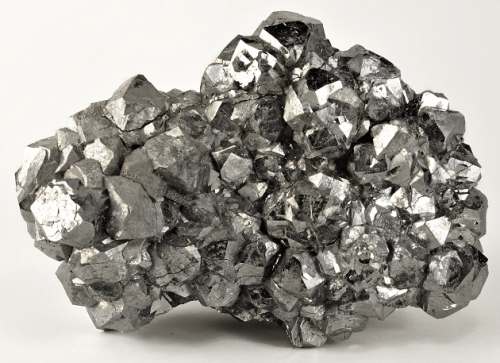Palladium: The Shimmering Catalyst of the Automotive Age
Palladium, with its lustrous white gleam and exceptional catalytic properties, plays a starring role in the modern world, particularly in the heart of cleaner automobiles. Let’s embark on a journey through the palladium market, exploring its origins, applications, and key considerations for international traders and buyers.
Description:
Palladium primarily exists in platinum group metals (PGM) ores like platinum-bearing sulfide minerals. Extraction involves a multi-step process, including mining, crushing, milling, flotation, and either pyrometallurgical or hydrometallurgical methods. Palladium content in ore varies significantly, impacting processing costs and overall yield.
Key Source Countries:
- Russia: Leading producer, boasting vast PGM reserves and established mining operations. Over 40% of global palladium production originates from Russia.
- South Africa: Second-largest producer, contributing around 35% of global output. Key production regions include Bushveld Igneous Complex and Rustenburg.
- Canada: Holds approximately 12% of the global market share, with significant palladium deposits in Ontario and Manitoba.
- Zimbabwe: Significant producer, accounting for around 7% of global output. Focuses on expanding production and exploration activities.
- Other notable producers: Ethiopia, the United States, and Norway contribute to the remaining global production.
World Output Volumes:
Global palladium production reached approximately 8.63 million ounces in 2023, showcasing modest growth over the past decade.
Russia and South Africa continue to dominate production, while other major producers explore new projects and resource expansion. Fluctuations in demand and supply dynamics, particularly from Russia, can cause significant price volatility.
Major Producers and Market Share:
- Norilsk Nickel: Russian mining giant, controlling roughly 28% of the global palladium market. Renowned for its integrated production chain and vast PGM reserves.
- Sibanye Stillwater: South African company with operations in South Africa and the United States, accounting for around 14% of global palladium output.
- Anglo American Platinum: South African company with significant PGM production, holding approximately 12% of the global market share.
- Implats: South African producer, contributing around 10% of global palladium output. Focuses on responsible mining practices and operational efficiency.
- Other major producers: MMC Norilsk Copper, Lonmin Plc, Northam Platinum Holdings Ltd, and numerous smaller players contribute to the remaining market share.
Forms of Trade:
Palladium is primarily traded in two forms:
• Palladium bars: Large, refined blocks of pure palladium (over 99.9% palladium content). Used as raw material for downstream processing into various products.
Palladium sponge: Porous palladium concentrate requiring further refining. Primarily used in the production of automotive catalysts.
Price Trends (Past 5 Years):
- 2019: Prices hovered around $1,800 per ounce due to balanced supply and demand.
- 2020: Pandemic disruptions caused a decrease to around $1,200 per ounce before recovering sharply.
- 2021: Surging demand for automotive catalysts, coupled with supply chain disruptions, pushed prices to a record high of over $3,200 per ounce.
- 2022: Prices corrected downwards to around $2,400 per ounce due to concerns about slowing global growth and rising energy costs.
- 2023: Prices maintained some volatility between $1,800 and $2,200 per ounce, influenced by geopolitical tensions and the pace of electric vehicle adoption.
Major Importing Countries:
- China: leading exporter, driven by strong demand by automotive catalysts and industrial applications
- Japan: Major importer, reliant on Russia and South Africa for its palladium supply.
- United States: Significant importer for the automotive industry and chemical applications.
- Germany: Important European importer, using palladium in the automotive and chemical sectors.
- South Korea: Major importer, particularly focused on the automotive industry.
Major Exporting Countries:
- Russia: Dominant exporter, accounting for approximately 45% of global palladium exports.
- South Africa: Significant exporter, contributing around 30% of global palladium trade.
- Zimbabwe: Growing exporter, with potential to increase its share in the coming years.
- Canada: Major exporter, primarily focusing on refined palladium products.
Other Important Aspects for Traders and Buyers:
- Competition from platinum: Be aware of the ongoing substitution of palladium with platinum in automotive catalysts, which can impact demand dynamics.
- Emerging technologies: Stay informed about potential advancements in hydrogen fuel cells and other palladium-intensive technologies that could influence future demand.
- Responsible sourcing: Choose compliant suppliers









